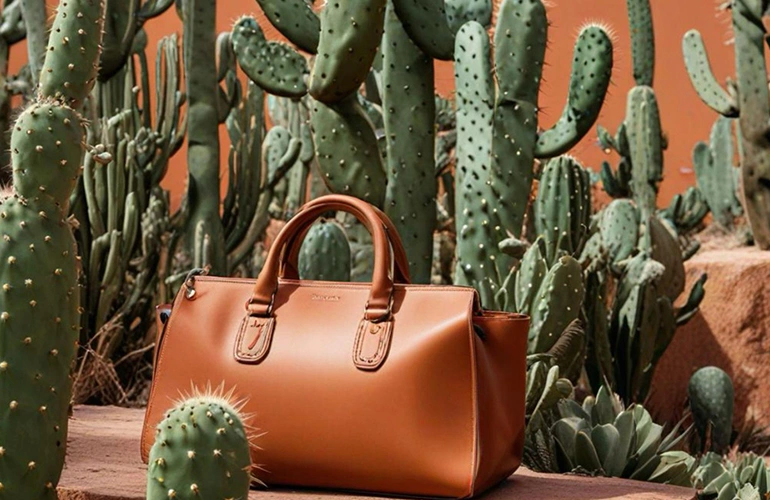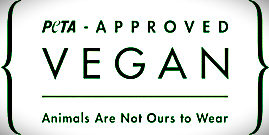The Future of Vegan Materials
Among the various types of vegan leather, cactus leather is emerging as one of the most promising innovations in the industry. At VeganVista, we’ve adopted cactus as the core ingredient for our vegan leather products because it provides a truly sustainable and eco-friendly solution without sacrificing quality.
Cactus leather is made from the prickly pear cactus, a plant that thrives in arid climates and requires minimal water to grow. This not only makes it ideal for regions where water conservation is crucial, but it also significantly reduces the environmental footprint of leather production. Cactus plants regenerate quickly, making them a renewable resource, and the leather made from them is durable, biodegradable, and free from harmful chemicals.
At VeganVista, we believe cactus leather represents the future of sustainable fashion and design. By using this innovative material, we can produce high-quality, luxurious products that meet the ethical standards of modern consumers while contributing to a healthier planet. Our cactus leather products are versatile and can be used in everything from fashion to automotive interiors, offering an eco-friendly alternative that doesn’t compromise on style or performance.
Key Benefits of Cactus Leather:
- Water Conservation: Uses significantly less water than animal leather and other vegan leather alternatives.
- Biodegradability: Fully biodegradable, contributing to a zero-waste future.
- Non-Toxic Production: Free from harmful chemicals and toxins, ensuring cleaner air, water, and soil.
- Carbon Reduction: Helps capture CO2 from the atmosphere, contributing to global carbon reduction efforts.
- Durability: Offers the same strength and versatility as traditional leather, without environmental drawbacks.


